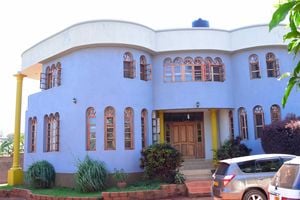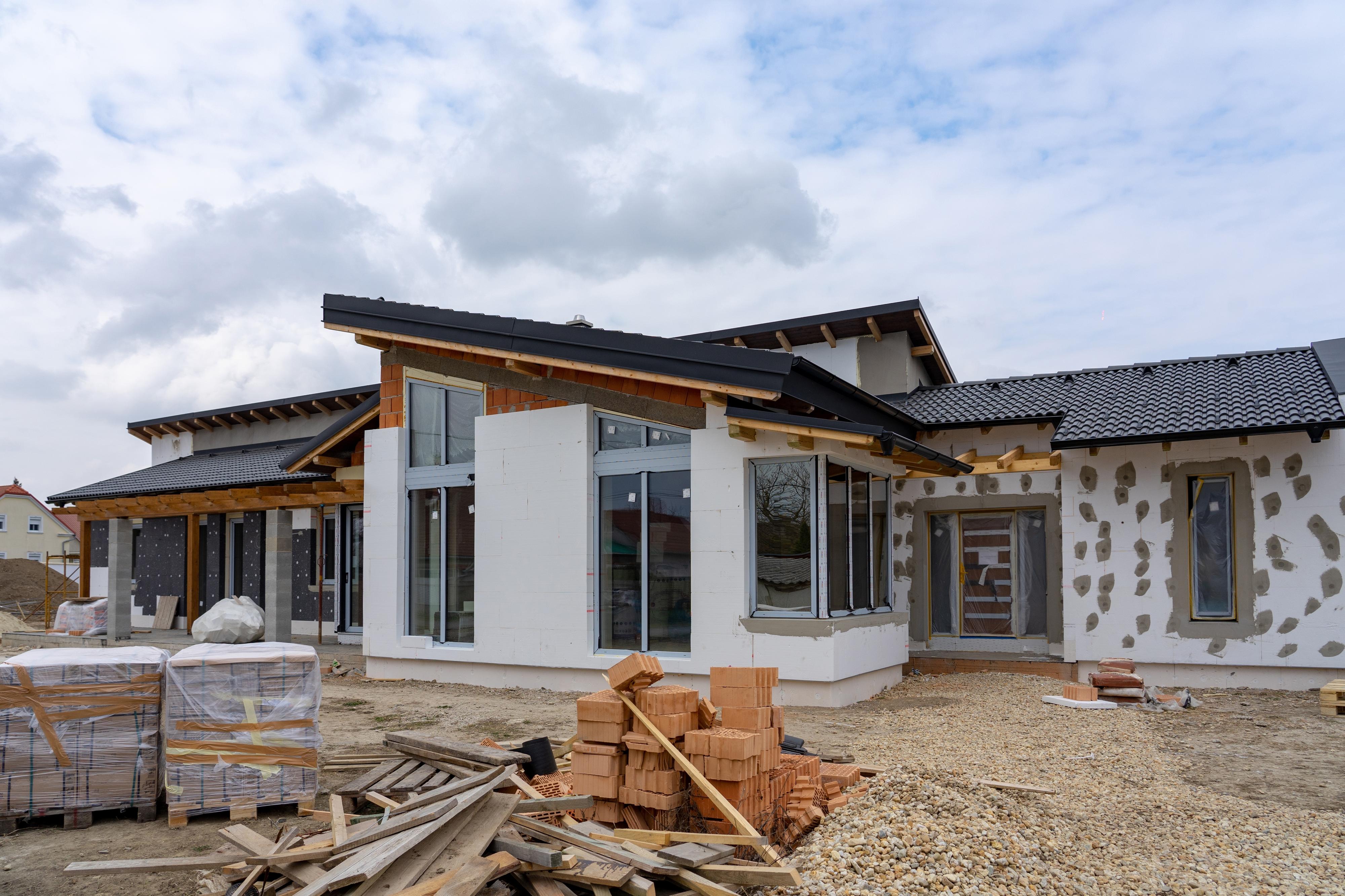
Prof Lilian Namuganyi
Lilian Namuganyi is a distinguished professor in Architecture and Physical Planning at Makerere University, within the College of Engineering, Design, Art and Technology (CEDAT). She holds a doctorate focusing on the intricate relationship between place and space, emphasising the lived experiences of urban dwellers.
Her research challenges conventional metrics used by architects and planners, advocating for a deeper understanding of how people truly engage with their urban environments.
She is also an advocate for inclusive design, working on projects that address the needs of marginalised groups. Her innovative work has earned her recognition both locally and internationally, making her a leading voice in the discourse on architecture in Africa.
She talks about the profound connection between place and identity as reflected in the experiences of growing up in both urban and rural environments, the significance of housing and home, the evolution of neighbourhoods, and the impact of urban development on community wellbeing.
Reflecting on your upbringing, how did the environments you were raised in shape your values and identity?
I spent my early years in Kololo, living in a two-bedroom detached bungalow provided by the government for civil servants. Later, we moved to a spacious apartment in Nakasero, another form of institutional housing. My parents eventually built a village home where they retired, and during holidays, we often visited my parents' ancestral village. There, we experienced rural life in a compound with three mud and wattle houses; a kitchen/dining space, my grandparents’ four-bedroom home, and a building used by visiting family. These experiences in both urban and rural settings shaped my understanding of home and instilled values of community and resilience.
Living in Kololo and Nakasero offered a modern lifestyle marked by order and efficiency. It was a community where children walked to affordable government schools and adults often visited each other’s homes often for social functions. Although Kololo’s layout subtly segregated areas were meant to create a sense of separation, as children, we enjoyed walks along Malcom X Avenue and Upper Kololo Terrace, often mistaking the Fairway Golf Course for a park.
One vivid memory is sitting on the grass, feeling a sense of freedom and connection to nature. In contrast, the rural setting brought a raw connection to nature, albeit with struggles to access basic amenities. The convenience of city life was often overshadowed by the simplicity and cultural richness of the village.

Home transcends the physical structure and embodies the emotional and personal significance
How do you differentiate between the concepts of 'housing,' 'house,' and 'home,' and why are these distinctions important to you?
There are three concepts to consider; housing, house, and home. Housing encompasses community, safety, access to facilities, and quality of the environment. Housing refers to the broader context of where people live. It encompasses not just the physical structures, but also community dynamics, safety, access to essential facilities, and the overall quality of the environment. Good housing means having a supportive infrastructure; schools, healthcare, transportation, while fostering a sense of belonging and social interaction among residents. It reflects the policies and systems in place that promote livable communities, highlighting the importance of planning and governance in creating spaces where individuals can thrive.
House, on the other hand, is the physical structure we inhabit. It includes the layout, design, materials, and functionality of the space. A well-designed house meets the practical needs of its inhabitants, such as safety, comfort and aesthetic appeal.
A good house must provide an effective living space that accommodates daily activities like cooking, sleeping, and socialising. However, the environmental impact of the house such as its energy efficiency, use of sustainable materials, and overall footprint also plays a crucial role in how we assess its value.
Home transcends the physical structure and embodies the emotional and personal significance of the space. It is shaped by the memories, relationships, and experiences we associate with our living environment. Home is where we cultivate connections with family and friends, celebrate milestones, and create a sense of belonging. The design of our houses influences the type of home we can create; open spaces might encourage social gatherings, while intimate nooks can foster personal reflection. Ultimately, home is about comfort, identity, and the emotional ties we develop to our surroundings.
What experiences in your early life influenced your vision of an ideal home?
My early experiences of village life profoundly shaped my vision of an ideal home. Growing up in environments where access to reliable amenities was often a challenge, I became acutely aware of how essential these elements are to daily living. The struggle to secure basic services such as water and electricity instilled in me a desire for a home that provided not just comfort, but also convenience and reliability. In contrast to the chaotic nature of urban settings, I craved a sanctuary; a space that offered solitude and freedom. The picturesque landscape of the Muyenga quarries, with its natural beauty and serenity, became an embodiment of this ideal. I was captivated by the expansive swamp that stretched before me, envisioning a home that would allow me to immerse myself in the tranquility of nature. This landscape represented an escape from the hustle and bustle of city life, a place where I could find peace and reflection. Moreover, I envisioned a home that harmonised with its surroundings, where I could appreciate the beauty of the natural environment without the looming threat of overdevelopment. The desire for open space and unobstructed views was central to my ideal; I imagined a home that felt like an extension of the landscape rather than an isolated structure competing for space.
These formative experiences taught me the importance of balance in home design. I longed for a space that combined the comforts of modern living with the richness of nature, where I could cultivate both personal peace and a connection to the environment.
What sensory memories do you associate with the Bukasa from the time you first settled there?
Bukasa was a serene place with few houses and unpaved, dusty roads. I loved taking long walks, especially at sunrise. The fresh air, the sounds of nature, and the feel of the earth underfoot created a deep connection to the place.
Despite the beauty, the noise from the stone quarry stones was challenging. Transport was limited; I often walked long distances to reach taxi stages. I vividly remember a trip to Tanzania, trudging with heavy bags, anxious not to miss my bus.

I longed for a space that combined the comforts of modern living with the richness of nature
How is the Bukasa of those years different from the current one?
Bukasa has undergone a remarkable transformation over the years, with changes that reflect broader urban trends in Uganda. In the past, Bukasa offered a quieter, more serene environment characterised by open spaces and a close-knit community.
Today, while Bukasa has seen significant improvements in infrastructure and services, such as the introduction of shops, pharmacies, and better roads, these advancements come with their drawbacks.
The encroachment on the swamp has altered the natural landscape, diminishing the area’s ecological integrity and aesthetic appeal. Once a vibrant ecosystem, the swamp is now threatened by development, impacting both the environment and the quality of life for residents who once enjoyed its beauty.
What was once a peaceful neighbourhood has become busier and noisier, contributing to a sense of chaos that contrasts sharply with its former charm. With urbanisation comes the challenge of managing waste and maintaining public spaces, leading to litter and pollution that detract from the community’s overall quality of life.
These changes have also affected the social fabric of Kisugu. The cohesive community I once knew feels less integrated as new residents move in, bringing diverse backgrounds and lifestyles. While this diversity can enrich a neighbourhood, it can also lead to a dilution of the close connections that once defined the community.
How do you perceive the relationship between your living environment and your overall well-being as an urban dweller?
The living and working environment directly impacts all aspects of well-being physical, social, and psychological. A poorly designed environment can lead to stress and health issues. Urban spaces influence social interactions and mental health, with nature and clean areas promoting reflection and healing. I find that maintaining a connection to green spaces is vital for my mental well-being.
In your opinion, what are the most significant consequences of unchecked urban development?
I often cringe at the thought of new developments. The extensive horizontal and vertical construction leaves little room for open spaces.
I recently visited a housing estate where narrow roads were flanked by walls, lacking community spaces and shops. This lack of balance can lead to isolation and diminished quality of life. Efficient land use must consider the importance of open areas for community and recreation.
How can urban planners balance the need for development with the preservation of community spaces?
Spread-out development strains infrastructure, while high-density areas can isolate communities. It is crucial to create spaces that foster connection. Poor quality environments impact mental health and community cohesion. Urban planners should prioritise the integration of green spaces, community hubs, and accessible public areas to maintain the social fabric of neighbourhoods.
How do housing policies in Uganda compare with other countries where you have lived? What lessons could be learned?
In Sweden, housing decisions are guided by extensive research, considering factors such as community impact and space ergonomics. I admire their emphasis on landscape and its effect on health.
Each society has its struggles, but the focus on research in housing development is an aspect Uganda could benefit from. Adopting a more data-driven approach could lead to more effective housing policies.
What innovative practices or designs do you believe could benefit housing development in Uganda?
Housing solutions should not rely solely on individual efforts. A collective approach involving community and government can lead to sustainable housing models, especially for lower-income brackets.
Integrating traditional values with modern needs can create harmonious living spaces, ensuring that nature and community remain central to development.
Research must play a significant role in addressing urban settlement challenges. Emphasizing eco-friendly building practices and community-oriented designs could transform our approach to housing.
Professor Lilian Namuganyi is a distinguished professor in Architecture and Physical Planning at Makerere University, within the College of Engineering, Design, Art and Technology (CEDAT).








